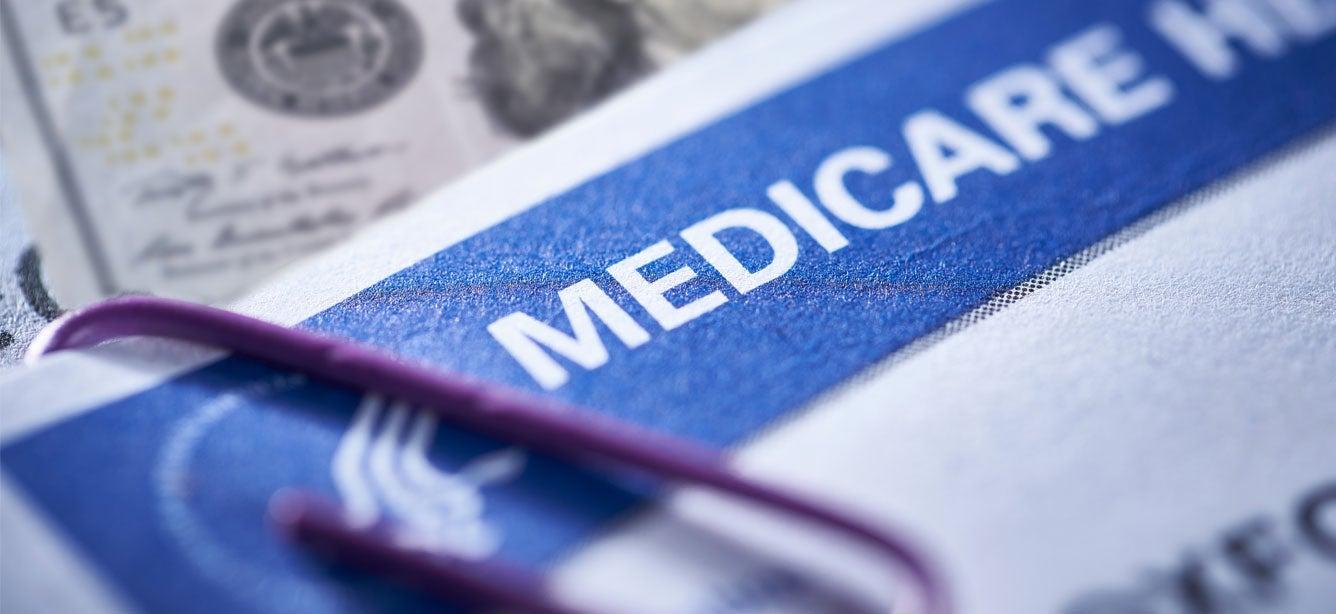
What will Medicare Part D cost sharing look like in the coming year?
As of Jan 1, 2025, the Medicare Part D coverage gap (commonly known as the "donut hole") is gone. This major change, a result of the Inflation Reduction Act, simplifies prescription drug coverage by removing the coverage gap phase and establishing a $2,000 annual cap on out-of-pocket spending for covered drugs.
The Part D phases below determine how much beneficiaries will pay in out-of-pocket costs throughout the year:
- Deductible period: During this phase, beneficiaries pay 100% of the cost of their presciption medications until the deductible has been reached. The standard deductible for Part D plans in 2025 is $590. However, some plans have a lower (or zero-dollar) deductible with a higher premium. Once beneficiaries reach their deductible, they enter the initial coverage period.
- Initial coverage period: In this phase, beneficiaries pay 25% of their prescription drug costs—typically in the form of coinsurance or copayments. The Part D plan pays 65% of costs, while the drug manufacturer is responsible for 10%. Out-of-pocket costs (including the Part D deductible, copayments, and coinsurance) are capped at $2,000 in 2025. After beneficiaries reach this limit, they enter the catastrophic coverage phase.
- Catastrophic coverage: In this phase, the Part D plan pays 60% of drug costs, the drug manufacturer pays 20%, and Medicare pays 20%. Beneficiaries pay nothing for covered medications for the rest of the calendar year.
Our infographic below explains who pays what in the different phases of Medicare Part D coverage in 2025.
To better understand how Part D works and how much your clients may have to spend, check out our 2025 Part D Standard Plan Cost-Sharing Chart.




